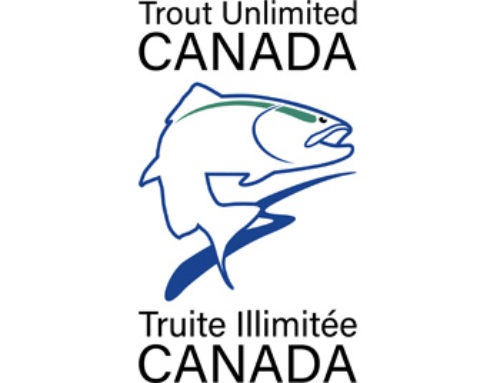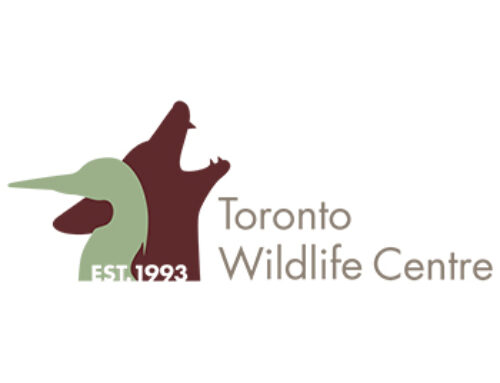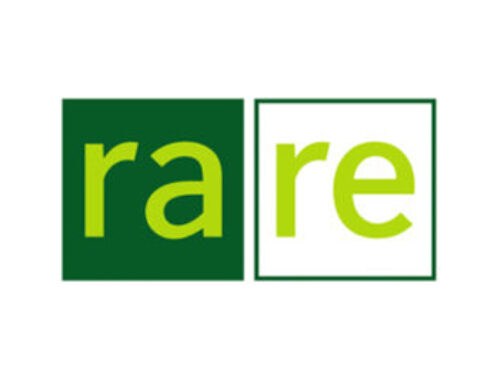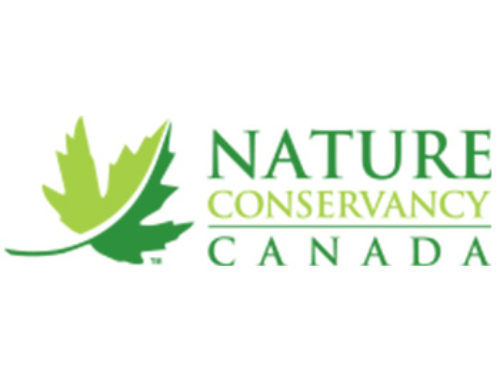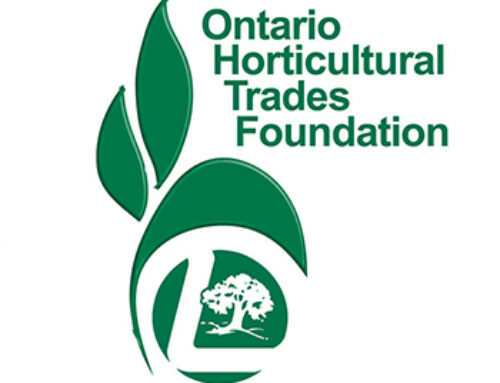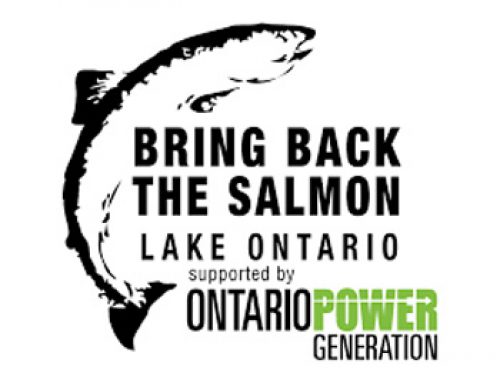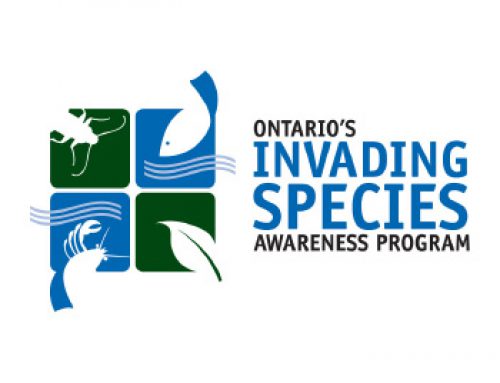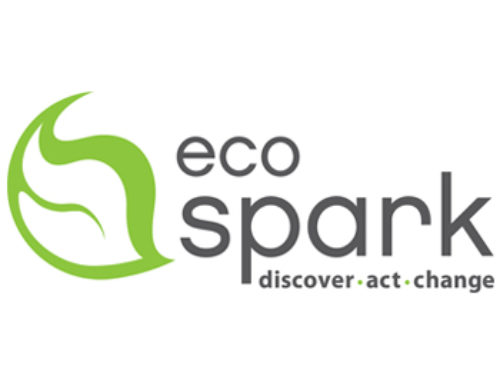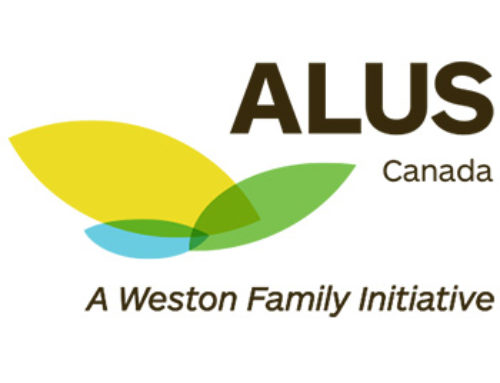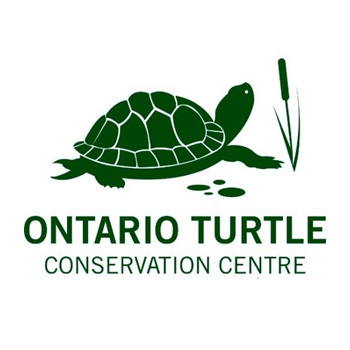
2020
Resources for Turtle and Wetland Conservation Education & Action
Project objectives:
To provide community members of all ages with the knowledge and tools to take action to conserve Ontario’s at-risk turtle populations and their wetland ecosystems.
1. Development and Distribution of “Turtle Time” on-line video series: Since mid-March, OTCC’s education program has moved to an on-line format in response to COVID-19. Our volunteer training sessions, education workshops, presentations, outreach events, and facility tours, have all been canceled at this time. OTCC’s Education Coordinator has piloted a series of videos entitled “Turtle Time” on a variety of turtle and wetland topics, including safely moving turtles from roads, the Snapping turtle, the Midland Painted turtle, egg laying, nesting and nest protection, helping injured turtles, and cloacal breathing. The videos have been launched on-line through our social media outlets such as Facebook and Instagram. Viewers have been encouraged to submit questions to be answered, as well as suggestions of topics that they would like to see in future videos. The videos have been enthusiastically received, reaching over 1,600,000 viewers in the span of 3 weeks. The video on the Snapping Turtle in particular went viral with over 12,000 shares and 1,200,000 views on Facebook. In parallel our Education Coordinator will be reaching out to our program partners such as Home Schooling Groups, Guides, Scouts and Community Groups, informing them that these videos are available to support their programming, and can be accessed from their members’ homes. We are requesting funding from OWF to continue to build on this initiative over the next year.
2. Development and updating of educational resource materials: Fact cards on “How to Safely and Knowledgeably Move Turtles” and “Nest Protection”, will be updated and distributed. Our corresponding on-line resources will also be updated and citizens will be encouraged to refer to our on-line resources to obtain this information as well. In response to frequent requests, we plan to develop a new brochure and banner on Eco-passages and How the Public Can Become Involved.
3. Encourage and enable action, utilize wealth of data collected: An important initiative of the previous year has been the tracking of stewardship actions through the distribution of our Conservation Actions pamphlet, and on-line survey to track stewardship actions via OTCC’s web site. Throughout this project we plan to put processes in place to follow up with submissions to our on-line conservation actions survey, and tabulate the results. This will help us to identify the SAR turtles affected and conserved, critical turtle habitat, and hot spots on our roadways, and to share it with appropriate government departments, agencies and conservation organizations. It also provides a feedback loop to evaluate program effectiveness and make continuous improvements.


